Featured
- Get link
- X
- Other Apps
Carboxytherapy: a safe and effective treatment
Did you know that carboxytherapy has ancient origins?
This treatment, in fact, originated at the Royal Baths of France in 1932 with patients suffering from obliterating arterial disease.
Today carboxytherapy as a treatment for localized fat deposits is attracting the interest of the scientific community worldwide.
• 1. What is carboxytherapy?
• 2. What is Carboxytherapy for?
• 3. How does Carboxytherapy work?
• 4. How many carboxytherapy sessions do I need to see results?
• 5. How long do the effects of carboxytherapy last?
• 6. Where to do carboxytherapy?
• 7. Carboxytherapy for the Face
• 8. Carboxytherapy against cellulite: Before and After photos
• 9. Is Carboxytherapy Effective?
• 10. In Conclusion
1. What is carboxytherapy?Carbon dioxide (CO2 ) therapy or carboxytherapy is the transcutaneous administration of CO 2 for therapeutic purposes.
Carboxytherapy (carbon dioxide therapy) is fast becoming the leading skin rejuvenation treatment worldwide.
2. What is Carboxytherapy for?Carbon dioxide injected into the skin diffuses into surrounding tissue, causing blood vessels to dilate.
Dilated vessels means more blood flow, a factor that involves a greater flow of oxygen and nutrients to the treated area, improving circulation.
In addition to increasing oxygenated blood flow to the injected region, carboxytherapy also increases collagen formation in the skin, resulting in a more youthful appearance.
Carboxytherapy is used to counteract the loss of elasticity of the skin due to aging or post pregnancy, cellulite, stretch marks and to promote the correct modelling of body fat.
3. How does carboxytherapy work?The carboxytherapy procedure consists of injecting carbon dioxide into the dermal and subcutaneous layer of the skin using a fine needle.
This treatment is carried out using a special device for automatic programmable carbon dioxide therapy.
The device is calibrated to measure the dosage in millilitres, regulates the flow rate and pressure of CO2 infusion.
The infusion can be administered at a rate of between 50 and 100 mL/min and the total amount of CO2 infused can be between 500 and 1,000 mL for the abdomen and between 800 and 1,000 mL for each thigh over a period of 20 to 30 minutes.
4. How many carboxytherapy sessions do I need to see results?From several studies conducted, it has been shown that patients who undergo a minimum of five sessions of carboxytherapy at intervals of 1 to 2 weeks experience more satisfactory results.
5. How long do the effects of carboxytherapy last?On average, patients enjoy the results of carboxytherapy for 5-6 months, but individual results may vary.
After the initial sessions, treatments twice a year can help you maintain results.
6. Where to do carboxytherapy?It is advisable to rely on centres that use certified medical equipment capable of ensuring effective and comfortable treatment. Bellezza Clinic London, in its new premises at 10-12 Exhibition Road in South Kensington, has the know-how to ensure noticeable results for different areas treated.
7. Carboxytherapy for the FaceCarboxytherapy can also be used to promote skin rejuvenation of the face.
Some studies have found satisfactory results for facial treatment with carboxytherapy.
8. Carboxytherapy against cellulite: Before and After photosGynoid lipodystrophy, also known as cellulitis, affects 80%-90% of women after puberty, especially in the buttocks and thighs. Its etiology is complex and involves multifactorial aspects, but new technologies, including carboxytherapy, are proving to be effective treatments against cellulite.
A 2016 study conducted on 10 women showed that 8 sessions of carboxytherapy can reduce the severity of cellulite from grade III to grade II.
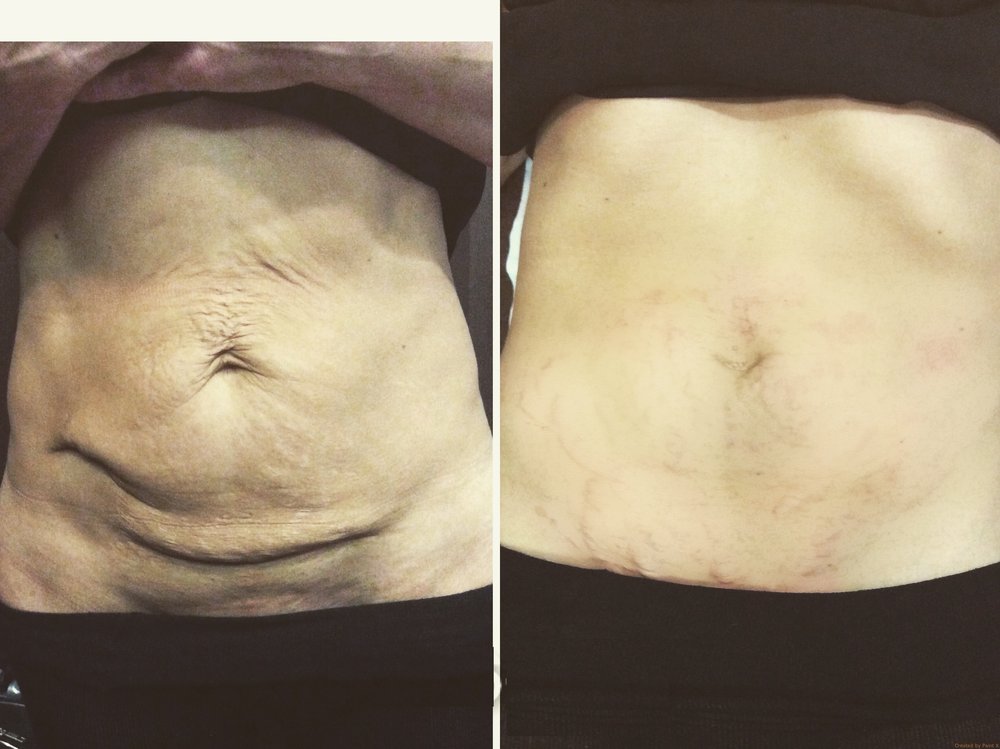
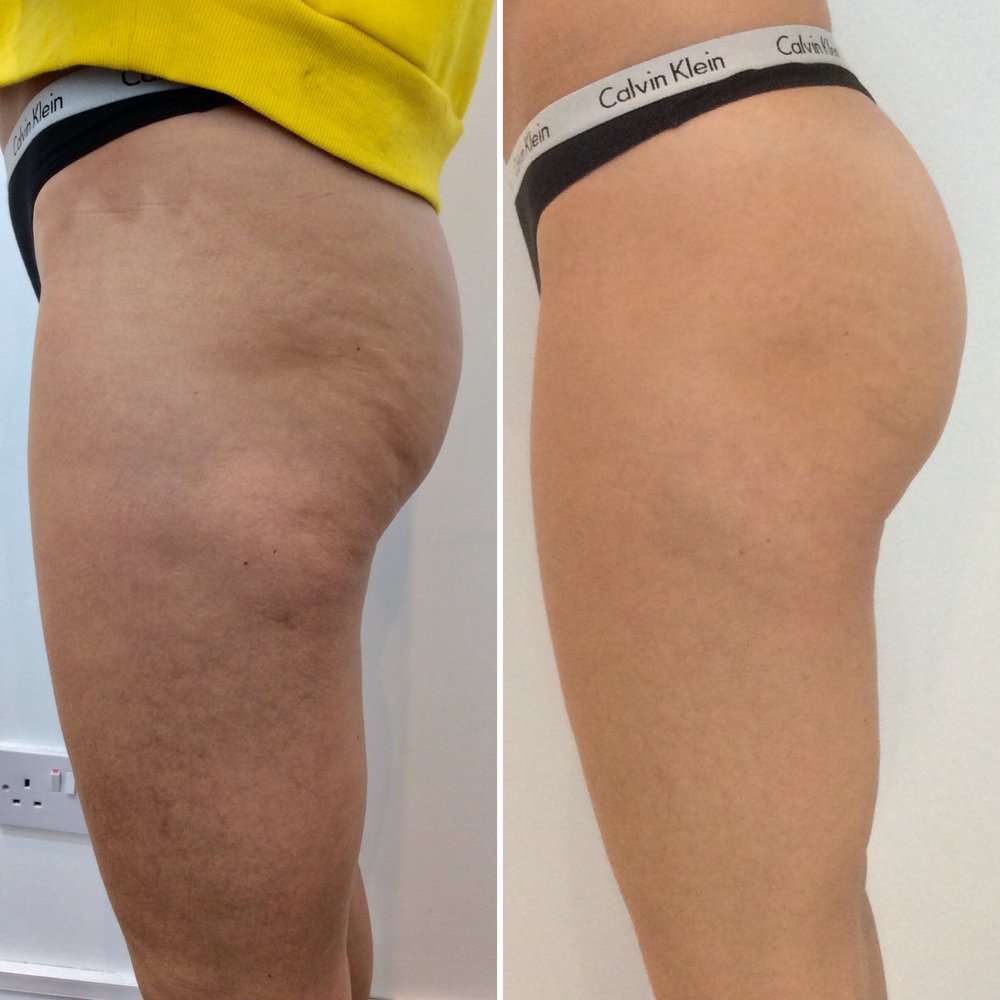
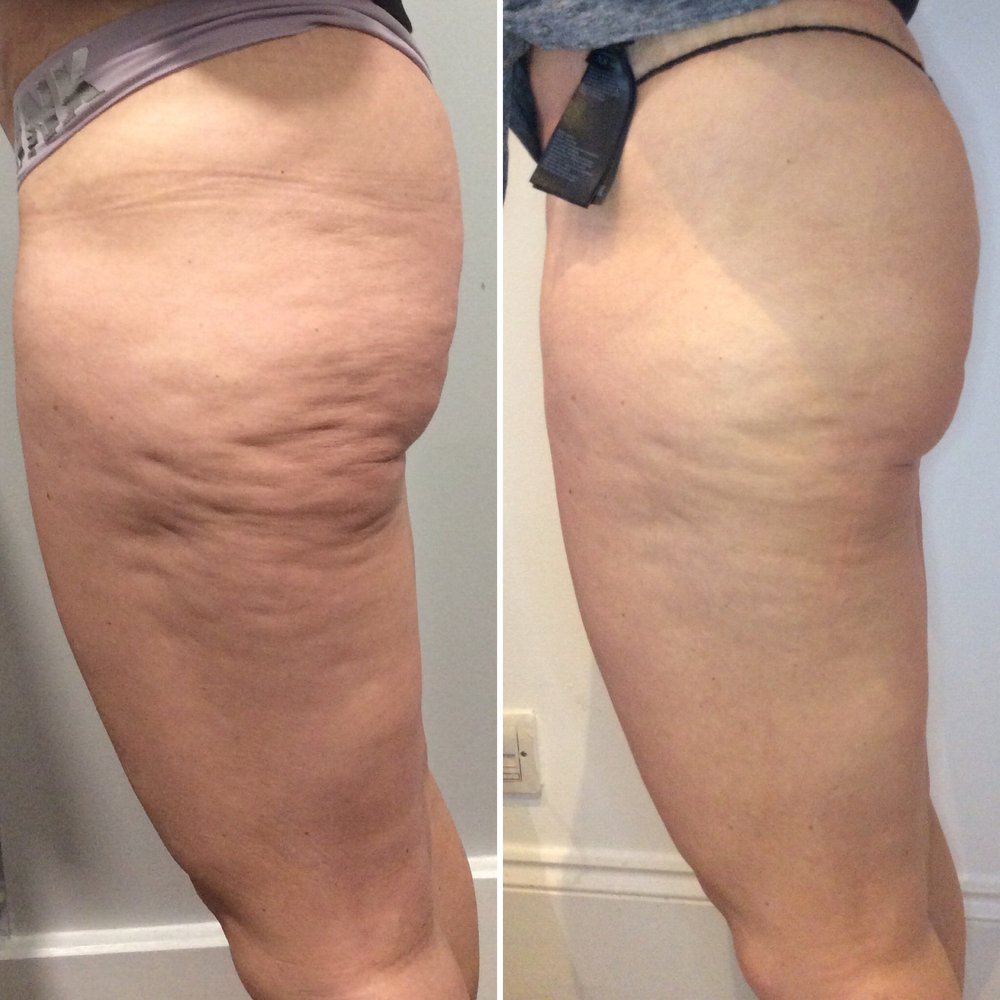



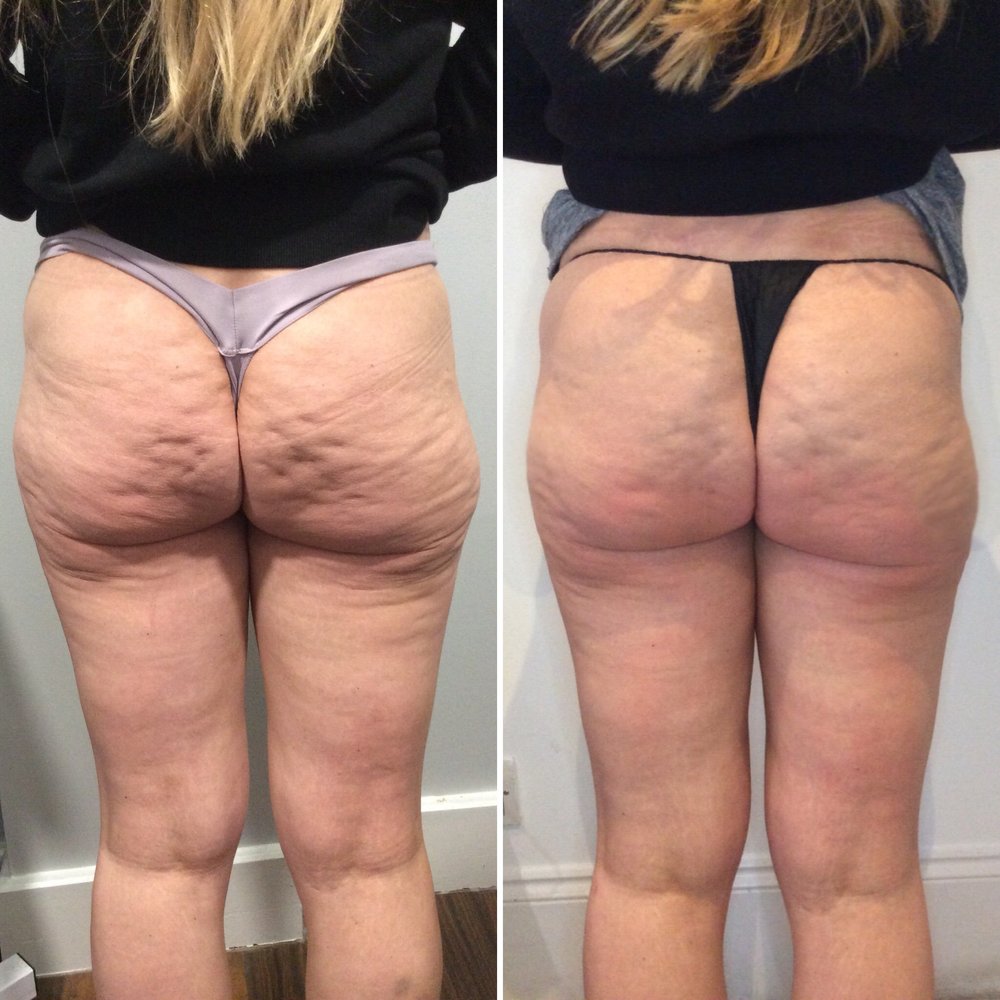
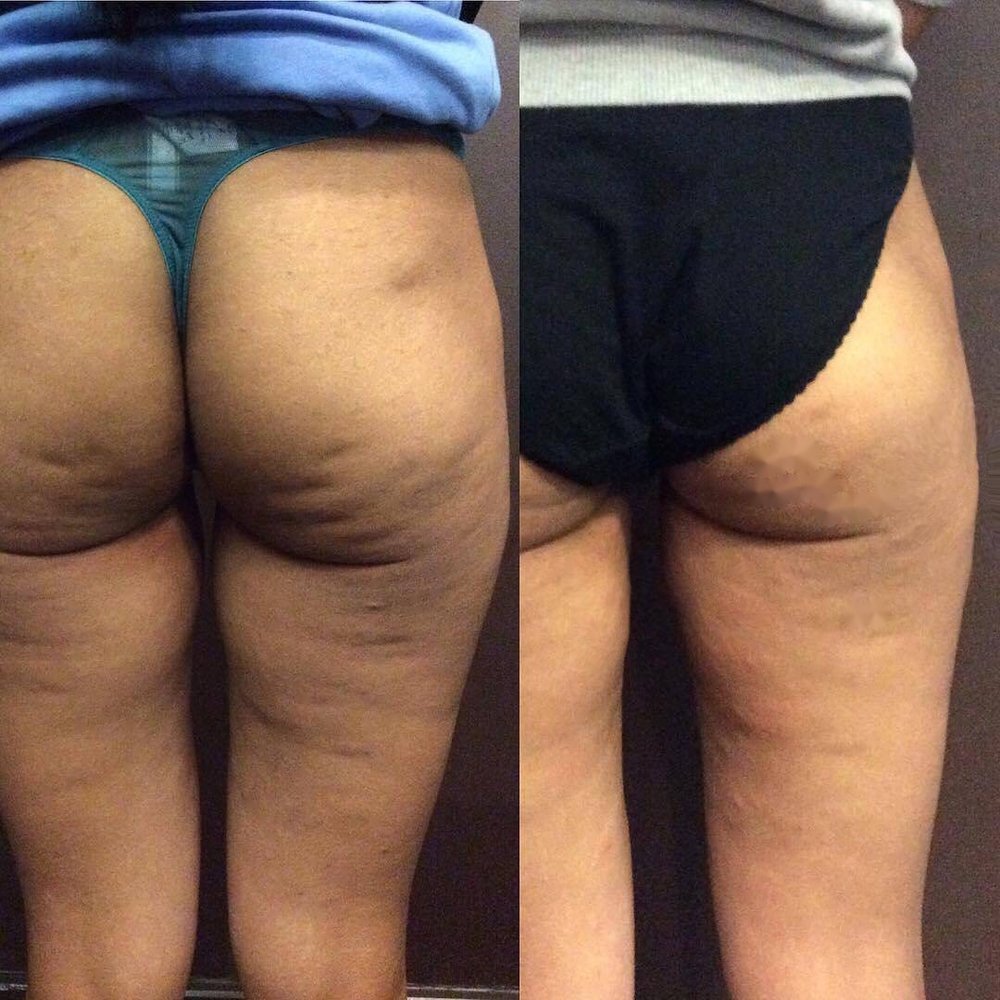
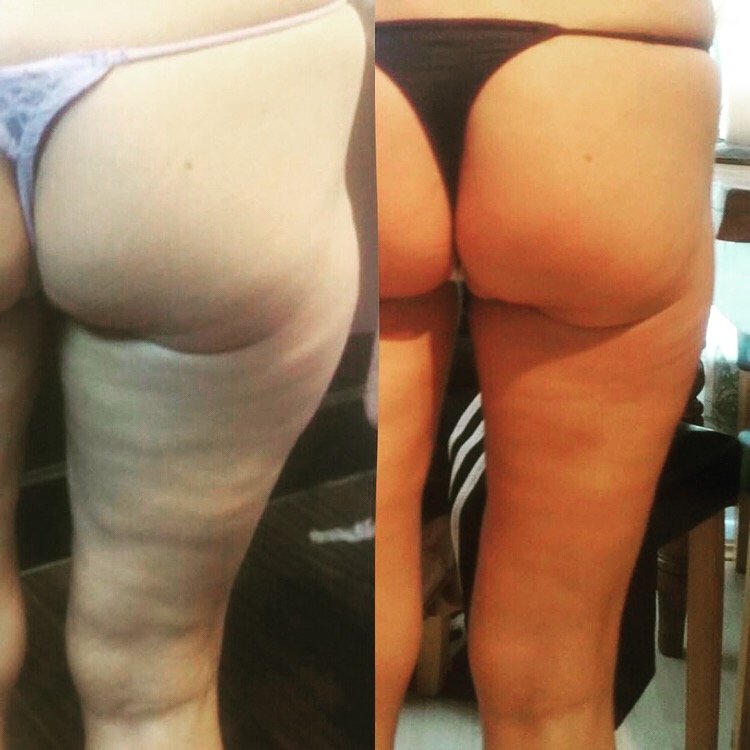

9. Is Carboxytherapy Effective?
In a broad study, the efficacy of carboxytherapy for localized fat deposits was verified for a period of 4 years on a sample of 101 women.
The analysis of the results showed a significant reduction in the mean circumference of the abdomen and this result was found by all three age groups (20-29; 30-39; 40-50).
In addition, for 60% of women undergoing thigh therapy, thigh circumference was significantly reduced.
For all the women in the sample there was a reduction in the circumference of the treated area of 2-3 cm.
10. In ConclusionVarious scientific evidences show the efficacy and safety of carboxytherapy for skin rejuvenation and the treatment of localized fat deposits. Carboxytherapy can also be used to promote the disappearance of stretch marks.
The effects of carbon dioxide administration on the body have been the subject of research for many years. By improving oxygenation, interacting with tissue perfusion regulators, i.e. the ability of blood flow to reach all peripheral districts, and breaking down adipose cell membranes, the method can lead to significant improvements in various aesthetic and pathological conditions.
* This article was originally published here
Popular Posts
Interparfums FY 2022: record earnings as operating profit soars 33 percent
- Get link
- X
- Other Apps
CEO pay on the rise and pay gap widens despite cost-of living crisis
- Get link
- X
- Other Apps
Comments
Post a Comment